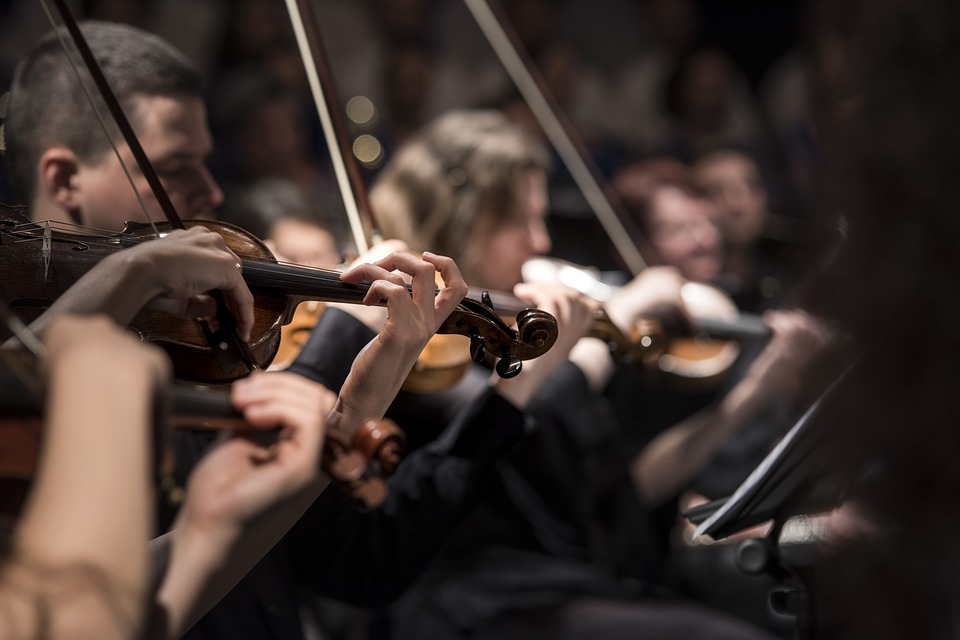Someone passionate about music would say, “I cannot live without music!” Without music, life will never be as fun, rhythmic, melodic, and meaningful as it is today. Music is not just unique sounds produced by various instruments, but it plays a significant role in shaping identities and societies. They are embedded in people’s culture and tradition.
There are diverse types of music since ancient times and are still evolving until today. They progressed alongside humanity’s transition from one era to another. Perhaps, before we learn to utter and compose our first sentences, we first learned to imitate the melodies hummed by someone who takes care of us.
Songs are not only for humans. In the animal world, birds and whales produce sounds; they may not be melodic to human hearing. Still, they are essential to their communication.
It’s no surprise that songs are connected to a vast array of semiotics that pervades nature. It calls attention to oneself, develops oneself, promotes oneself, deceives others, reaches out to others, and get on others. Music’s intrinsic creative capability is a uniquely human trait.
There are many types of music, and one cannot single out, which is the best and perfect for the hearing. It would be someone’s prerogative to tell which is suited to its taste and liking.
Today, there are numerous music genres and styles that are seemingly becoming a universal language. Their capability and power have penetrated deep within the fabric of the souls. They sing every line despite the unknown meaning of words, dance in every beat and rhythm. Indeed, music is not just about words and lyrics that can communicate and touch peoples’ emotions.
The era of instrumentals
Journeying back to the time when music did not use words, instrumentals say what people out to express. They are powerful, mind stimulating!
Throughout the Middle Ages, instruments were common but primarily to double or substitute voices in polyphonic music or provide music for dancing. During the 13th and 14th centuries, there were only a few sources of instrumental music. The earliest relatively extensive documentation started from the 15th century. Most sources were German such as the Buxheimer Orgelbuch and Conrad Paumann’s Fundamentum organisandi (Fundamentals of Organ Playing). Both collections have compositions of two basic types, arrangements of vocal works and keyboard pieces entitled Praeambulum (Prelude).
During the 16th century, instrumental music flourished rapidly. It paralleled the development of idiomatically instrumental techniques. Strongly accented rhythms characterize them, rapidly repeated tones, and figures, angular melodic lines involving wide intervallic skips, wide ranges, long, sustained tones and phrases, and much melodic ornamentation.
Late Baroque Era
Although the sonata form did not exist in the Baroque period, its forms led to the standard definition. Sonatas in Baroque works have a greater variety of harmonic patterns than in the Classical period.
Domenico Scarlatti’s sonatas are examples of the range of theme and harmony relationships in the 1730s and 1740s.
Originally, sonatas were written for the violin, but over time, a formal type evolved, predominating until the late 18th century. Sonatas of Bach, Handel, and Tartini are examples of this type. They followed older Italian models and employed a style attributable to masters such as Corelli and Vivaldi.
By the 1730s and 1740s, instrumental works received lesser importance than vocal music. It was inclined towards an overall binary form. Also included was a section of contrasting material that served as a bridge between them.
Classical Era
Sonata of the Viennese Classical masters differs considerably from the older Italian sonata.
Various transitional types manifest between the two main types, the older Italian and the more “modern” Viennese sonata, in the middle of the 18th century. They are evident in the Mannheim composers, Johann Stamitz, Franz Xaver Richter, C.P.E. Bach, and many others.
J.S. Bach’s predecessor, Johann Kuhnau, started the piano sonata. Kunau copied the Italian violin sonata in clavier music.
Meanwhile, one most distinct clavier sonata was of Domenico Scarlatti. They were mostly written in one movement and had a homophonic style. The sonatas of Scarlatti are a transitional type between the older and the Viennese sonata.
Romantic era
In the Romantic era, the sonata form was first explicitly defined and became institutionalized. Adolph Bernhard Marx and other academic scholars wrote descriptions of the form. The form in the first movement had been the subject of theoretical works; it was perceived as its pinnacle.
During the 19th-century, part of the composers’ training was to write in sonata form and favor it in the first movement of multi-movement compositions, like symphonies, piano sonatas, and string quartets.

